To date, the gardeners are just a great amount of various flowering and decorative crops that can become a valuable copy of any garden plot. Some plants have long been firmly included in the constant use of domestic landscape designers and gardeners, others are more exotic and rare, which is often due to the conditions for the natural growing of culture.
Gardenia is a multi-year-old and evergreen decorative plant, which in nature can grow most often only in the conditions of the subtropical climate. In the moderate belt, this plant is possible to grow in room conditions or in greenhouses. However, in recent years, breeders have brought a number of species and garde varieties that can feel great in the garden plot.
In this article, we will consider whether it is possible to land in open ground. Let us give a detailed description and features of this bright plant, as well as the characteristics of the species suitable for soil and garment varieties. We note the important rules for landing and care for the Eastern Beauty.
Features and morphological description of Gardenia
Any knowledgeable gardener knows that every season is a new flower or a decorative plant that receive new life and new popularity. In recent years, it is increasingly possible to see a special interest in the cultivation of Gardenia, with which not only in the pot in the conditions of the room, but also in the open soil. Prerequisites for this is the huge work of breeders for the removal of new varieties of this unique plant, which are designed to land the garment in the open soil.
Gardenia is an evergreen, many years, beautiful blooming and very decorative plant, which belongs to the Marines family. This extensive family of plants also includes coffee, which indicates the versatile characteristics of all varieties of plants included in the group. The moisture, thermal-loving culture in nature is found in the southern regions of Africa, India, Japan and China. Most often, bright garment can be found in subtropical forests, where there is constantly high humidity due to frequent rains, the air temperature is within 25-30 degrees. In this regard, the Gardening is quite bad to carry even a minor decrease in temperature, it can adapt to a new place of growth for a long time. All this, together with the capricious character of Gardenia, causes sufficient difficulties in its cultivation not only in the open soil, but at home.
For the first time, a description of the spectacular tropical garment appeared in about the 18th century, when the British scientist Naturalist Alexander Garden led a detailed description of the plant. This scientist is also one of the first to enhance the Gardenia. At the same time, some species of Gardenia, who for thousands of years they were grown in China, got to the UK, from where they spread around the world. In about the 19th century, this culture was simply very popular among aristocrats as a "flower in a loop". It is the beautiful terry flowers of Gardenia that is still used as a wedding and evening decoration in the form of boutonnieres, bouquets.
Description of Gardenia:
- Gardenia is a long-term decorative plant that occurs everywhere in the subtropical and tropical forests of China and Japan.
- Most of the types and varieties of Gardenia are small bushes, it is less likely to meet these plants in the form of small trees that have a beautiful and compact crown.
- In the wild, this plant in height can reach a maximum of 1.5-2 meters, at home the Gardenia rarely exceeds a height of 60-70 cm. When growing gardening in the ground, the height of the plant can be achieved at 1-1.5 meters, it all depends From climatic conditions and peculiarities of care.
- The crown of the plant is formed by strong reprehensive shoots that are very quickly treated. The twigs are smooth, covered with grayish-brown bark, less frequently pubes. Some varieties of Gardenia may have spines on shoots, which makes this culture while blossoming like a rose.
- Gardenia has a very beautiful decorative appearance not even during flowering. This is associated with foliage plants. Sheet plate oblong, oval or broad-chain shape with a slight decrease on the top.
- Gardening leaves in length can reach approximately 8-10 cm. They are smooth, with a dense glossy surface, with well-distinguishable veins. Due to small proceedings, there is a fairly specific pattern on the sheet plate. The color of the leaves of the garment can vary from light green to dark green.
- Leaves of this plant are located on cuttings by couples or three pieces.
- In approximately the beginning of summer in June, flowers begin to bloom - the main decoration of Gardenia.
- Flowers bloom in the sinuses of the upper leaves, less often on the tips of the escape. Most often, flowers are single, but in some cases you can find flowers collected by 5-6 buds.
- One of the features of this plant is the fact that buds before blooming are very tightly rolled.
- In diameter, one flower can be approximately 8-10 cm. In its structure, they can be simple, semi-grade and terry.
- Gardening petals have a peculiar wax raid, thanks to which the whole flower seems to shine.
- Color color does not differ in variety. Most often there are garment with white, cream or yellowish colors.
- The bloom lasts until the autumn, and after reaching the back of 4-5 years after the landing, you can observe continuous bloom from spring and to late autumn.
- Gardenia is characterized by a very capricious character. It prefers to grow at a temperature of 18-22 degrees, with even a slight decrease can lead to fallout buds and leaves. In winter, the temperature should not be below 13-14 degrees. That is why these plants in temperate climate conditions are most often grown in greenhouses or at home. In warmer regions, you can grow gardens in open ground.
Types and varieties of garment for open soil
It is difficult to say how much today is known for Gardenia. According to various sources of Gardenia in nature, there are from 60 to 250 different species. Consider the most popular species of Gardenia, which use gardeners for growing at home and in the open ground.
- Gardenia jasmineovoid. This species of Gardenia is popular with homemade. It adapts perfectly to the climatic conditions of the house. On the summer, the vases with a plant can be taken to the garden. It is a low splashing shrub with a large number of foliage. In height, the plant can reach only 50-80 cm. Smooth shoots are covered with egg-shaped oblong leaves up to 8 cm long with a shiny surface and a pointed top. The leaves are dark green. At the beginning of summer, snow-white flowers begin to bloom in the sinuses. In their appearance, they resemble a rose, collected 5-6 pieces. Over time, flower petals begin to shrust, so at the same time on the plant you can see white flowers, cream and yellowish.
- Gardenia Thunbergia. This type of garment is a fairly high and powerful plant, which can be 1.5 meters in height. The variety is unpretentious and endurance, so in warmer regions can be grown in the garden. During flowering on shoots, there are enough large flowers up to 10 cm in diameter.
- Gardenia Taitensis. The natural habitat of this species is considered to be the territory of French Polynesia. The plant is characterized by a rather unusual form of petals, which remind their appearance of the propeller blade.
- Gardenia Vietnamese. The plant is a compact tree or splashing bush, which is thickly covered with shiny dark green foliage. On shoots, the leaves grow 3 pieces. Flowers are quite large, in diameter can reach about 8 cm. The structure is simple, one flower consists of 6 thin and narrow petals that twist in the tube.
- Gardenia Radicans. It is a dwarf plant, which is ideal for creating bonsai. Some varieties have a motley color of the leaves. Flowers are small, in diameter can be 2-5 cm.
- Gardenia of citrider. Also a compact representative of the genus, which is a dense branched bush. During flowering in the sinuses of the leaves, small up to 2 cm in diameter of terry flowers, which exude a pleasant strong fragrance.
Gardenia varieties that can be reduced temperatures:
- Garia Hardy Hardy. One of the most popular varieties of this plant, which can withstand relatively low temperatures, but in conditions of temperate climate for the winter, it is still necessary to transfer the culture into the room.
- Gardenia Chuck Heis. Another variety of decorative culture, which is perfect for cold weather.
- Gardenia's grade Frost Pruf. The plant of this variety can also be tried to grow in an open soil with a cooler weather.
Gardening reproduction in open ground: the most common ways
Gardening is a rather complicated process that requires thorough compliance with all rules and subtleties. However, getting an adult and a beautiful plant is possible with a strong desire and constant culture care. To dilute Gardenia, you can use suitable methods of reproduction of this plant: shilling, which is the most popular option, seed reproduction and method of gag. Consider the features and rules for these breeding methods.
Seed reproduction of Gardenia in the open soil
- This method is rarely used, but by numerous statements it can be noted that plants obtained from seeds are faster and better adapt to climatic conditions.
- When choosing this method of breeding, it is important to take into account that the seeds of the Gardenia are quickly losing germination.
- Seeds can be bought in specialized stores or, as an option, assemble yourself after biting inflorescence and ripening plant fruits.
- Seed seeds in spring, it is pre-prepare containers or pots, which are filled with loose gardening grounds. It is important to remember that it is necessary to take soil with an acidic reaction for the garment.
- At the bottom of the container, be sure to pour the drainage layer to prevent the moisture stagnation.
- Before falling down the soil in the vase, it must be defamed. To do this, it is recommended to use a malganop solution or, as an option, the soil can be born in the oven.
- Seeds close to a depth of about 5 mm and spray from the sprayer from the top.
- After that, the container or pot is necessarily covered with film to create greenhouse conditions.
- Contain containers are needed at a temperature of 18-22 degrees.
- At the same time, the seeds need to carefully care: to air and spray from the spray.
- The first seedlings will appear only after 3-5 weeks, while shooting the film is not recommended until the appearance of the first leaves.
- It is important to remember that the seeds ride unevenly and the first time the seedlings grow very slowly.
- When seedlings are fixed enough, they can be transplanted into separate pots or plastic cups.
- At a permanent place in a vase or outdoor ground, the plant is planted when it is completely strengthened.
Gardening breeding in open ground with cuttings
- This method of reproduction is used much more often, since they usually accompany the spring trimming of garment.
- It will take advantage of the top cuttings with a length of about 10 seconds in 2-3 pairs of leaves.
- Many gardeners recommend a cut-out to tear so that the lower cut is a peculiar heel for better rooting.
- Also in front of the rooting process itself is best of all the lower cutting to be treated with a solution of the root formator, for example, rhoin.
- Next, be sure to prepare quite wide containers and fill them with a soil consisting of equal parts of sand and peat.
- The cuttings are rooted at some distance from each other and above the whole container is covered with a transparent film. You can cover each cutlets separately, use transparent plastic bottles for this.
- The rooting of the garment cuttings occurs quite slowly. This process may take about 1-1.5 months. You can determine this on new shoots that begin to appear from seedlings with a developed root system.
- During this period, young plants can be transplanted into separate containers in the garden under suitable climatic conditions or indoors.
When growing Gardenia in the open ground, the bustard of this plant most often grows low and wide open, which allows you to use reproduction reproduction in this case. To this end, it is necessary to choose one side escape and bend to the surface of the Earth, where its middle part is added. Further, behind the drains are careful as well as adult plants. After complete rooting, the young plant is transplanted to a permanent place. This method can be used in areas with a softer climate.
Planting Gardenia in Open Soil
As noted above, the landing of Gardenia in open ground and further care for this plant is quite complex. This decorative plant requires compliance with all cultivation conditions. However, with a lot of desire and thorough preparation, grow in its plot, even if it is possible to grow in a container or in a pot, the beauty of Garden is possible. Consider all the stages of preparation for landing in open soil and the basic rules of the plant planting process.
Stage 1. Selection and acquisition of Gardening seedlings for open soil
- First of all, each gardener needs to take care of the acquisition of high-quality and healthy seedlings of Gardenia.
- If you want to try to grow this beautiful plant in the open soil, then be sure to pay attention to more cold-resistant varieties of this plant. You can pay attention to the varieties of the Gardenia, which were grown in your area in your climate. Such seedlings will be more stable.
- Buying seating material only in specialized garden centers and nurseries, which are professionally engaged in plant breeding. This is due to the fact that the Gardenia is considered a fairly rare guest in our gardens, therefore the demand in the stores is small. And in the elementary markets you may simply be fooling and selling a completely different plant.
- Before buying, be sure to check the planting material. Gardening seedlings are sold with closed roots, so be sure to pay attention to the state of the soil in the container - it should be clean and wet. The upper part of the young plant should also be without damage and yellow leaves.
Stage 2. Choosing Places of Planting Gardenia in Open Ground
- Gardenia is very capricious about the place of its location.
- This plant prefers to grow on well-lit places, but provided that it does not fall straight sun rays. In the open ground it can be a tree of trees, and at home the place is away from the windows.
- The selected place must be protected from strong wind and drafts, since this plant can reset its leaves and buds.
- If you at the warm season set to your area of \u200b\u200bVase with Gardenia, then you do not need to constantly change the place of its placement - the Gardenia does not like it and can also reset the buds and leaves.
Stage 3. Choice and preparation of soil for Gardenia in open soil
- This plant prefers to grow on a fertile, well-drained and transmitting air soil.
- It is important to remember that the soil must be an acidic reaction. That is why it is recommended to buy a soil for Gardenia in a specialized store. Optimally fits ground for azaleas.
- You can and independently make a suitable soil mixture for planting. Soil for jasmine and other species can be made from equal parts of sand, peat, conifer and turf.
- Soil on the plot or in the container must be well to skip moisture.
- The soil must be well exploded before boarding.
Stage 4. Gardening planting process in open soil
- As already noted, planting the garment in the open ground is a rather complicated process and it is not always possible to achieve a positive result. In tropical and subtropical regions, grow this beauty in the garden will not make problems. Such an opportunity is also in residents of the southern regions of Russia, subject to all conditions of growing plants. The most optimal method of growing gardening in the open ground is a landing of a young seedling in the Vazon, which is later placed on the chosen place in the garden.
- Planting Gardenation is best in the spring when the air and soil warms optimally.
- Take a fairly volumetric pot, as it will be on the plot.
- At its bottom, place a layer of drainage of their clayjit or small stone. If you sit in the ground. In a suitable hole, the pit also pour a sufficiently thick layer of drainage to prevent the roots.
- Next, push the soil mixture prepared or purchased in advance and use it abundantly with water.
- Before boarding, be sure to paint the seedling to make it easier to extract and not damage fragile roots.
- Pull out the plant from the pot together with the earthen room, after it carefully remove the seedling in the recess made. Put the soil and press your hands.
- After landing, spin the plant with water with lemon juice - approximately 1 teaspoon per 1 liter of water.
Gardening agrotechnics in open ground: secrets and nuances of care
It is necessary to care for gardensia very carefully and carefully, since this plant is very capricious. If you planted it in a large garden container, then definitely do not forget that it is better not to move it, but to put it in advance in the most suitable place. And with the onset of cold days, this vase with a plant is transferred to a greenhouse or heated greenhouse.
- Watering. In the wild, Gardenia is growing under conditions of constant humidity, so watering is needed regular and frequent. You can navigate to the substrate - the surface should always be slightly moistened. Watering the plant is only a soft, warm and saturated water. Cold water can lead to the fact that the plants will begin to fade the leaves. For watering, you can also use filtered water or rain. It is periodically recommended to shed the globe with a solution of citric acid.
- Loosening and mulching. Remove weeds around the plant regularly. To reduce such procedures, it is recommended to climb the surface with chip or small pieces of the crust.
- Feeding From around March to August 3 times, it is necessary to feed the complex mineral fertilizers that do not contain calcium, lime and chlorine in its composition. It should also be borne in mind that this plant may suffer from a shortage of iron, so approximately 3 times need to be filled with a solution with a solution of trace elements. Also, 2-3 times per season you need to feed the flower with magnesium sulfate.
- Trimming. To maintain a decorative plant, it is recommended to carry out a small trimming in the spring. It is important to remove all damaged branches and protruding side shoots.
- Diseases and pests. From the pests for this plant is particularly dangerous by a web tick, a word, trips. Cherweets. If the lesions are single, then only one processing may be needed. If necessary, plants are processed several times with special insecticides. If the leaves or buds began to fall on your mortem, it can be due to non-compliance with all cultural cultivation conditions.
- Gardenia in winter. If you grow a plant in a large vase in the garden, then for the winter it must be moved to a greenhouse or a greenhouse. When cultivating culture in the ground in the subtropical climate or in the southern regions of the country, it is best to carefully cover up the rolling circle peat and fallen foliage, after which it is to paint the underfloor material. In winter, the plant is watered less often, you don't need to make feeding.
Gardenia in open ground - Photo
Gardenia is a tropical beauty, which mainly in temperate climate conditions is grown as a room plant or in greenhouses. However, with due attention and compliance with all rules, as well as when choosing the right variety, it is possible to grow this wonderful plant and on its plot.

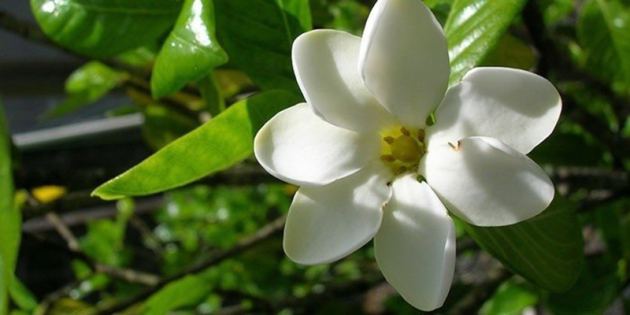
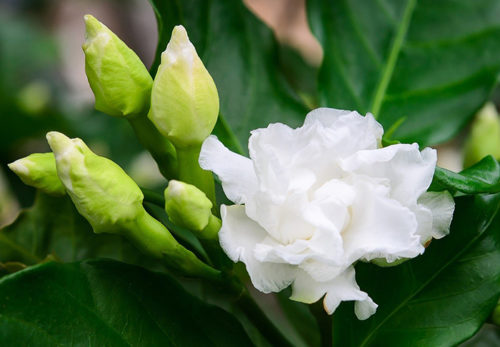
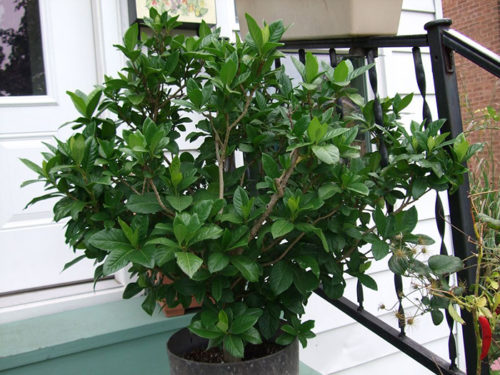

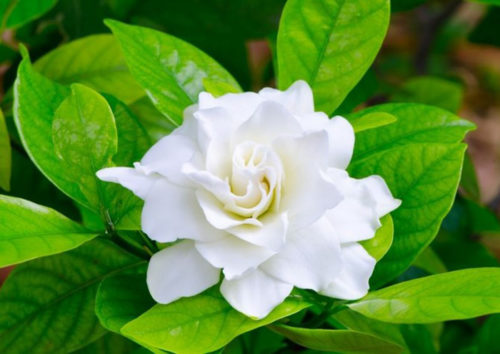
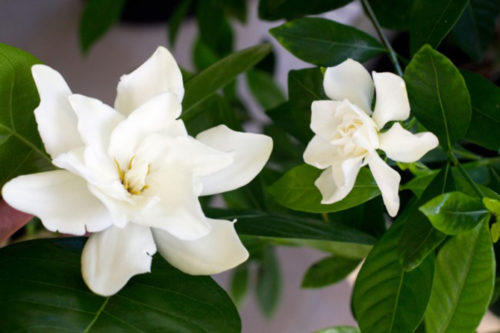
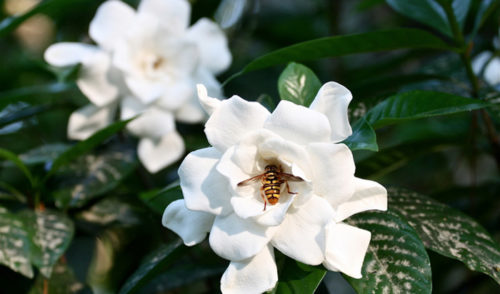
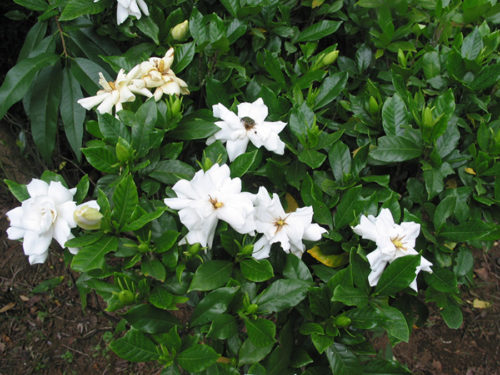
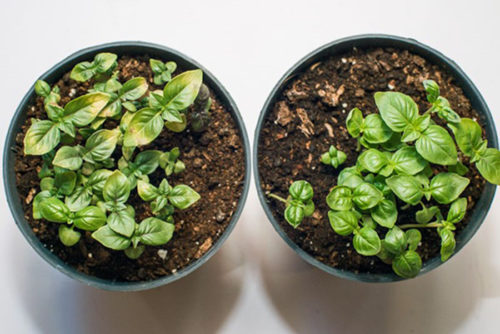
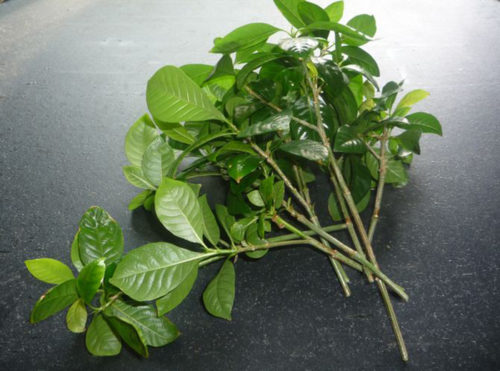
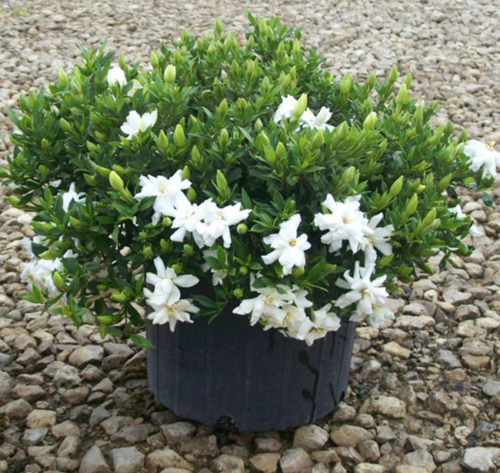
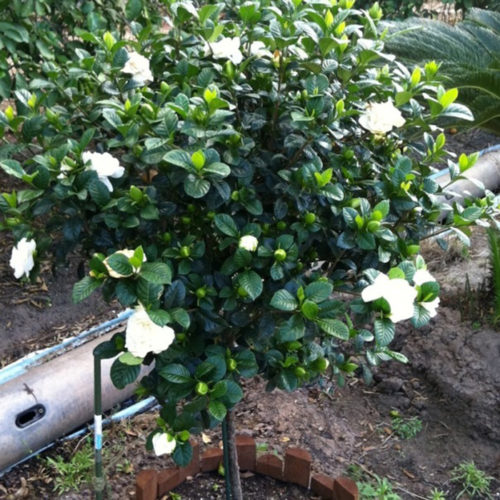

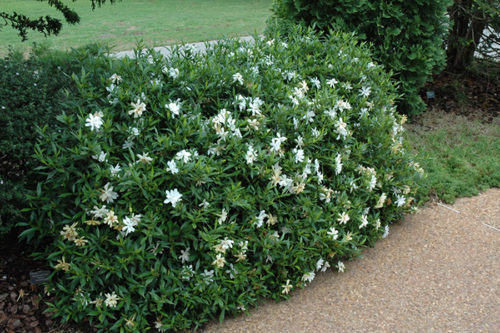
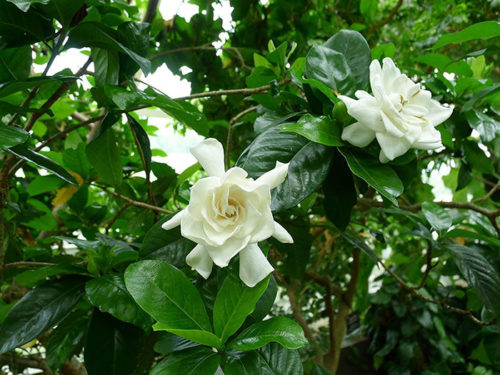
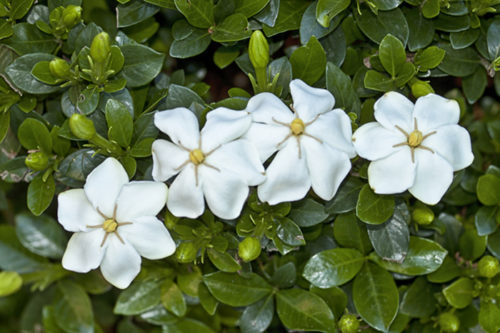
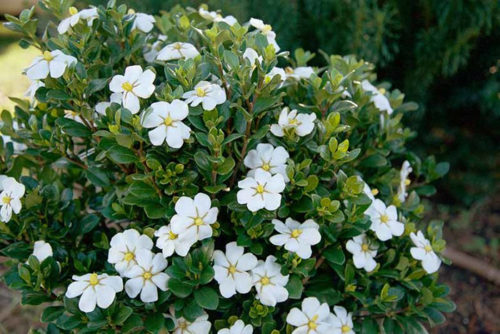
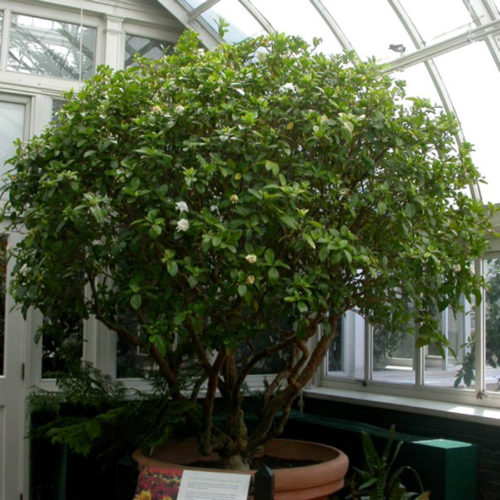












 Start a discussion ...
Start a discussion ...